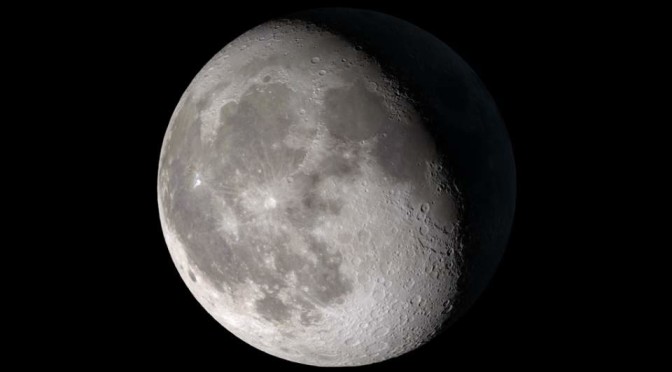Our home planet, Earth, is the third of the four smaller inner planets (Mercury, Venus, Earth, and Mars). It is also the only planet in our solar system known to harbor life. Our planet is full of diverse and complex systems that sustain life as we know it. But it is also just one small part of a much larger cosmic neighborhood, the solar system.
There are numerous ways in which the Earth is intricately linked to the other planets, moons, and celestial bodies that make up our solar system, each of which has fascinating implications for our understanding of our planet and the universe as a whole. In this article, we’ll explore 10 of the most interesting Earth facts that are intimately tied to the solar system in which we reside.






